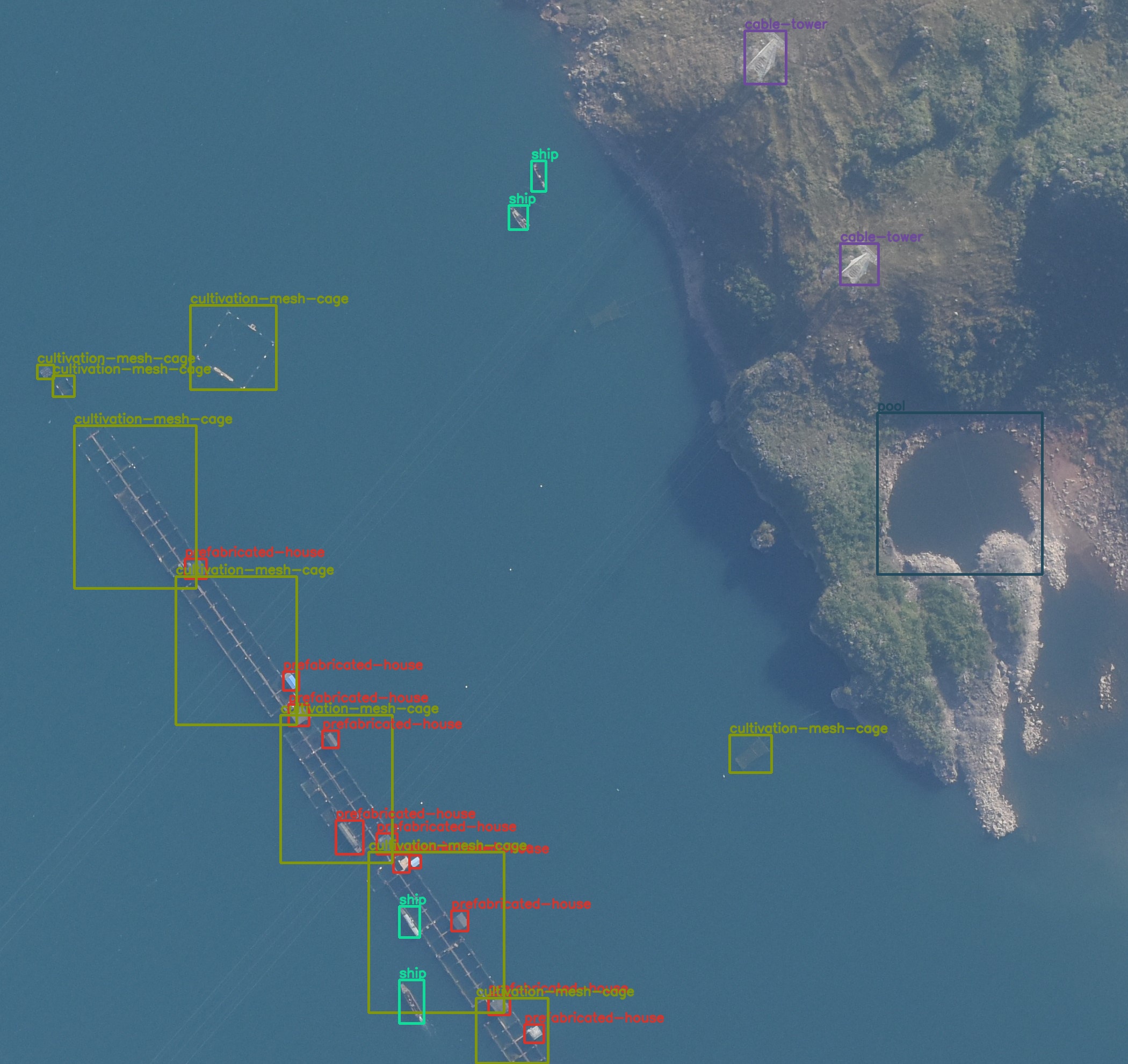ODLC
Designed and implemented an ODLC system for a drone using computer vision and machine learning techniques to accurately detect, localize, and classify objects in real-time.
Background
As part of the UBC Engineering Design Team, UBC UAS, I engineered and deployed an Object Detection, Localization, and Classification (ODLC) system for autonomous payload delivery to specified landing pads. This project involved integrating advanced computer vision technologies with Python and OpenCV for color filtration and shape detection.
Step 1 – Object Detection
The first step in the ODLC system was implementing object detection. Using Python and OpenCV, I developed algorithms to filter colors and detect shapes in real-time video streams. This allowed the drone to accurately identify and classify objects on the ground.
I utilized PyTorch for complex problem-solving, leveraging machine learning techniques to enhance the detection accuracy and speed. This included training neural networks to recognize different types of objects and respond accordingly.
Step 2 – Localization
In the localization step, I implemented triangulation calculations to convert GPS coordinates into pixel locations. This involved using the drone's orientation and altitude data to pinpoint the exact location of the detected objects.
The system was designed to handle real-time data processing, allowing the drone to adjust its flight path dynamically based on the object locations. This was crucial for ensuring accurate and efficient payload delivery.
Step 3 – Classification
The final step was object classification. Using machine learning models developed in PyTorch, the system classified detected objects based on their shapes and colors. This was essential for identifying the correct landing pads and ensuring accurate payload delivery.
The classification process was optimized for real-time performance, allowing the drone to make quick decisions during flight. This significantly improved the accuracy and efficiency of the entire ODLC system.
